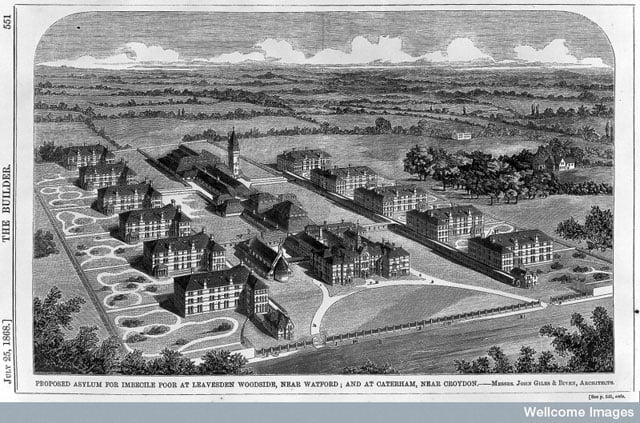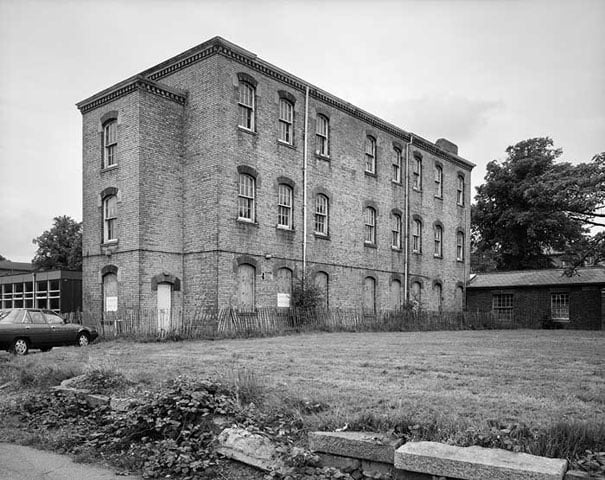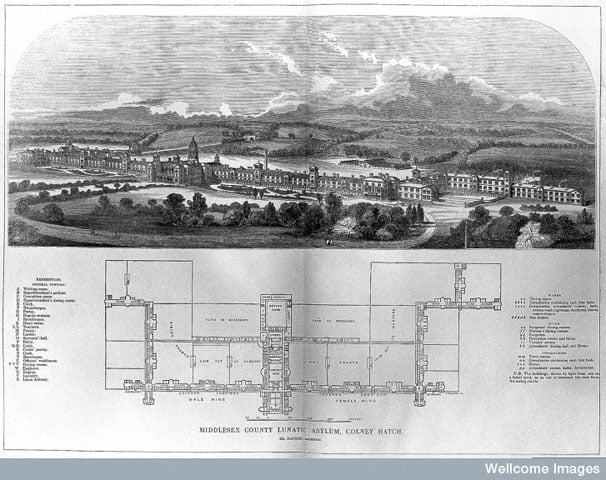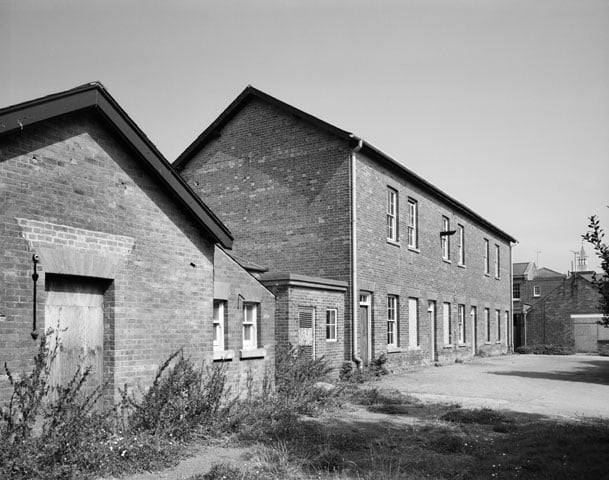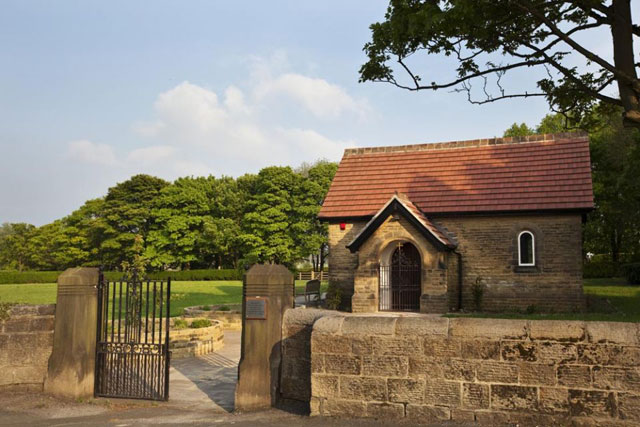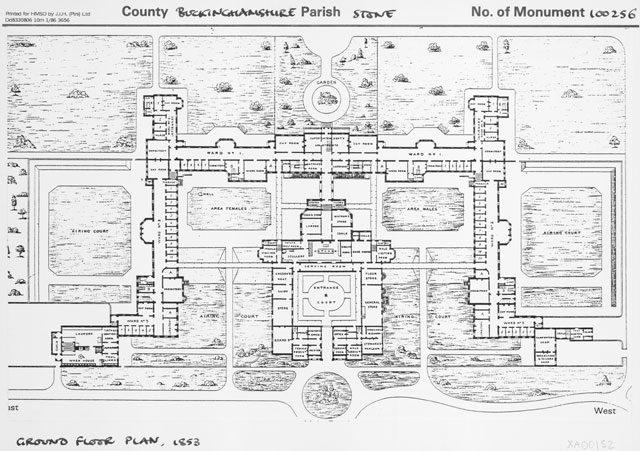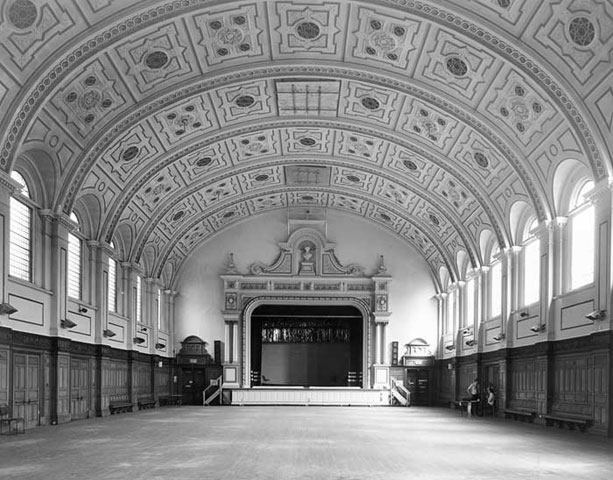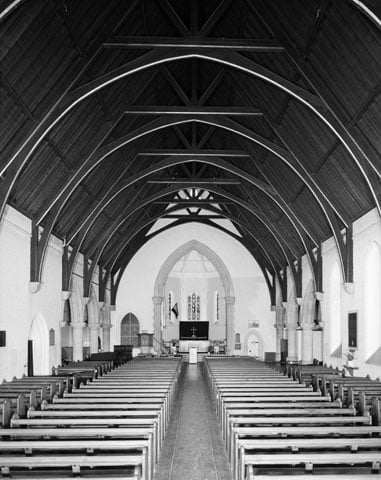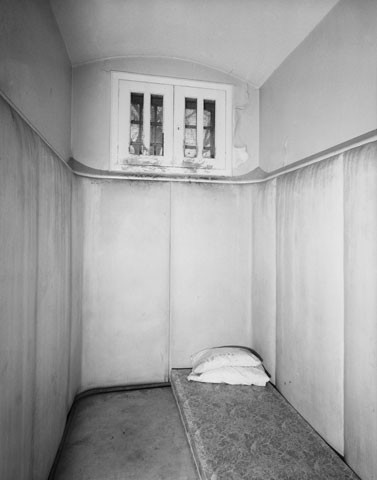The history of people with disabilities since 1050.
The Growth of the Asylum - a Parallel World
This section describes the rapid development of the asylum movement in the 19th century, and the strange parallel world that the asylum offered its inmates and attendants.
In this section
Audio version: 🔊 Listen to this page and others in 'Disability in the 19th century' as an MP3
The asylum - a safe place?
The asylum age arrived suddenly in the 19th century. Until then it had been accepted in English society that people with disabilities or illness who needed care and support got it from family, friends and community. Now reformers claimed that an asylum would be a safe place where 'lunatics' could be cured and 'idiots' taught.
An asylum in every county
Beginning with nine voluntary institutions, the asylum movement rolled across the 19th century English landscape like an avalanche gathering pace. The 'mentally unsound' were moved in ever greater numbers from their communities to these institutions.
From 1808, parliament authorised publicly funded asylums for 'pauper lunatics', and 20 were built. From 1845 it became compulsory for counties to build asylums, and a Lunacy Commission was set up to monitor them. By the end of the century there were as many as 120 new asylums in England and Wales, housing more than 100,000 people.
The three types of asylum
There were three main types of asylum built: the 'conglomerate', a hodgepodge of miscellaneous structures (Suffolk County Asylum); the 'corridor' type, with wards connected by corridors up to a quarter of a mile long (Colney Hatch Lunatic Asylum in Middlesex), and later the 'pavilion' type, where rows of female and male blocks each housed 150-200 patients (Leavesden Hospital, Abbots Langley, Hertfordshire). Building styles ranged from classical Greek to Gothic.
Inside the asylum
Entering through the large gates past the porter in his lodge, the visitor's eye would be caught by the looming water tower at the centre of the grounds and the chapel. Clustered around the tower were the kitchens, laundries, workshops, recreation hall and administration block.
On either side were the wards, with the sexes rigorously separated. Each ward housed up to 100 people. As many as 50 patients slept in one dormitory with their beds close together. During the day they also made use of rooms for relaxation and ate in large communal dining halls.
Male and female attendants were as strictly segregated as their patients and they worked and lived out their lives on the site, often for generations.
A self-contained world
In their rural settings and surrounded by high walls to prevent escapes, asylums were a self-contained world. The grounds were designed by some of the finest landscape gardeners; they contained farms, orchards, workshops, bowling greens, croquet lawns and cricket pitches. Leading off the wards were 'airing courts', walled gardens with shelters where patients could safely exercise.
Some asylums even had their own railway stations with a branch line into the grounds. The five asylums known as the 'Epsom cluster' in Surrey had their own light railway and rolling stock. There would often be an asylum fire brigade with its own fire engine. And there was always a cemetery. High Royds Asylum Cemetery, West Yorkshire, is now a memorial garden.
A place of confinement and a loss of hope
As the asylums multiplied, the number of people certified as 'insane' soared. More and more people arrived, and fewer and fewer ever left. In 1806, the average asylum housed 115 patients and by 1900 the average was over 1,000.
Early optimism that people could be cured had vanished. The asylum became simply a place of confinement. New wings and storeys were constantly added until eventually a second, or even third county asylum had to be built in many areas. In London there were eleven by this time.
Different times, divergent views
In 1866 the physician Sir George Paget (1809-1892) hailed the asylum as "the most blessed manifestation of true civilization the world can present". Then, 130 years later on, one historian described them as "museums for the collection of the unwanted".
The strange parallel world of the asylum always stirred up strong emotions, as it continues to do so today.
Watch the BSL video on the growth of the asylum
The Growth of the Asylum
Please click on the gallery images to enlarge.

